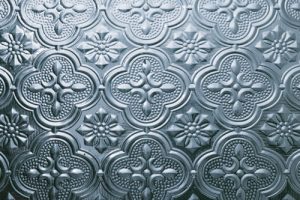 Metal-stamping lubricant selection is impacted by many factors. The primary criterion should always be to provide optimal tool and part protection, but surface residues can often be a major concern.
Metal-stamping lubricant selection is impacted by many factors. The primary criterion should always be to provide optimal tool and part protection, but surface residues can often be a major concern.
“Vanishing lubricants” have traditionally been used to minimize surface residues and—in particular– produce a part surface that is considered “dry to the touch” and/or “residue free”. The drawbacks in using these, traditionally, solvent-based “vanishing fluids”, however, concerns safety for operators and for the environment. For these reasons, a newer class of water-based “evaporative lubricant” has been marketed as a potentially safer and more environmentally-friendly option.
These classes of lubricants are typically employed in lighter duty stamping applications to produce parts substantially free of surface residue and eliminate cleaning of parts prior to shipping to the customer or consumer. The end goal may be the same from one stamper to another—but there are numerous ways of getting from “point ‘A’” to “point ‘B’”.
Which class of stamping lubricant is right for your application? How would you safely implement and control the product? Are there other, possibly more cost effective ways to achieve the same end result?
The following series will help clarify the main differences between the classes of these products and their marketing—to help you decide whether you really need a “vanishing” lubricant for your application or if you may have another, viable option closer at hand.


